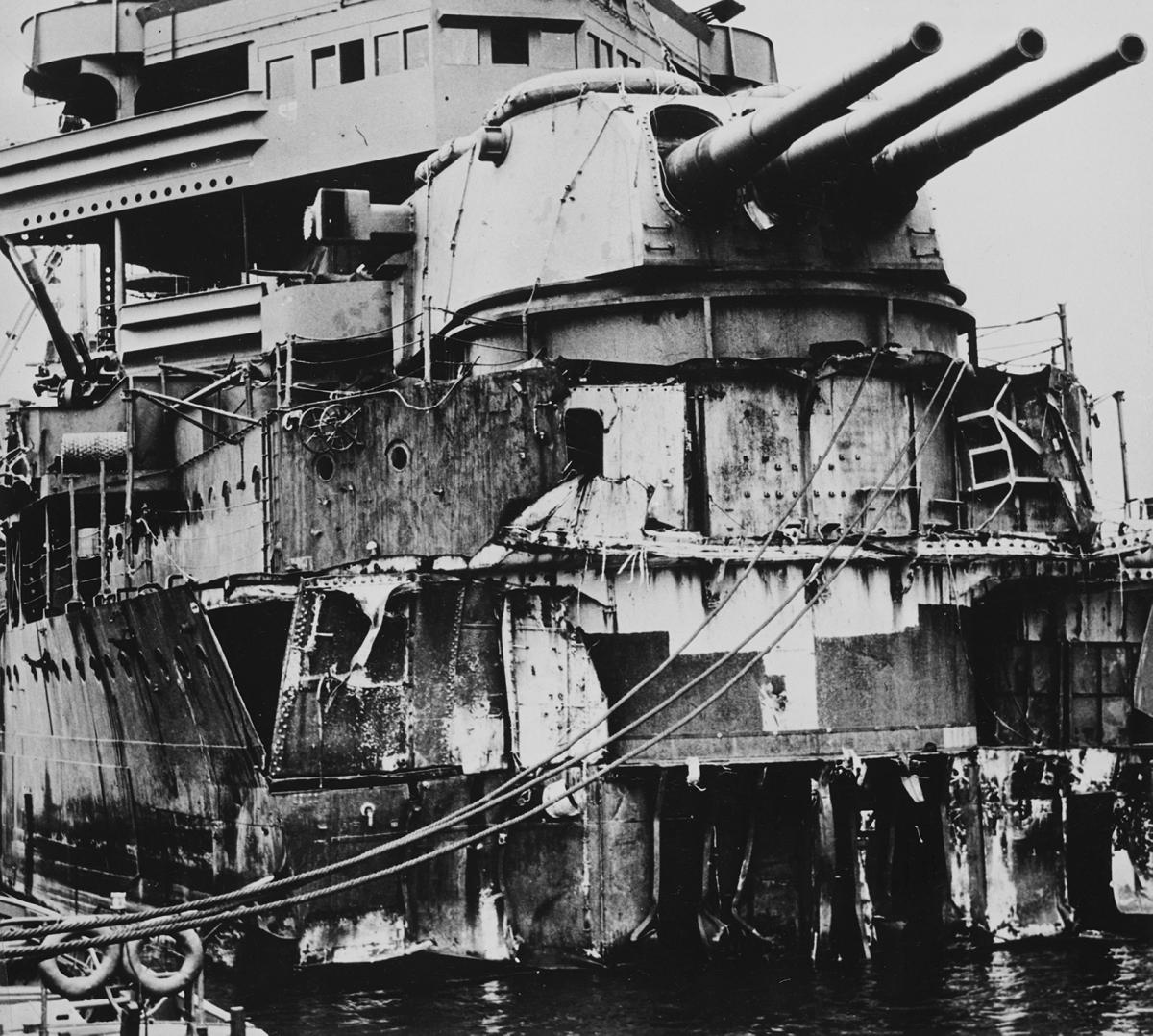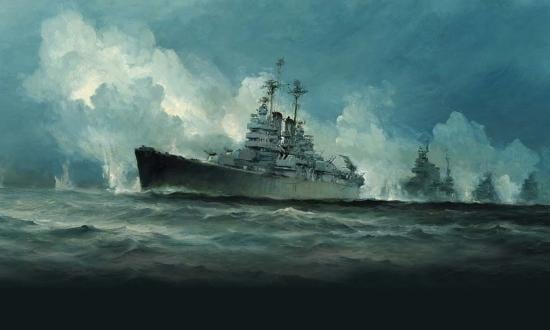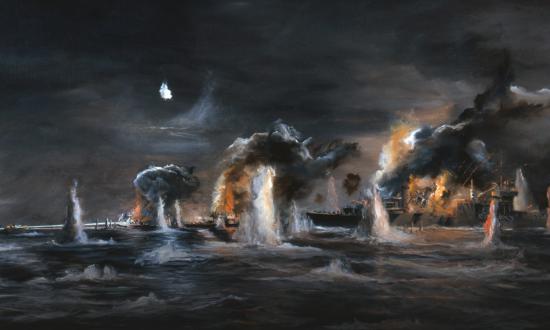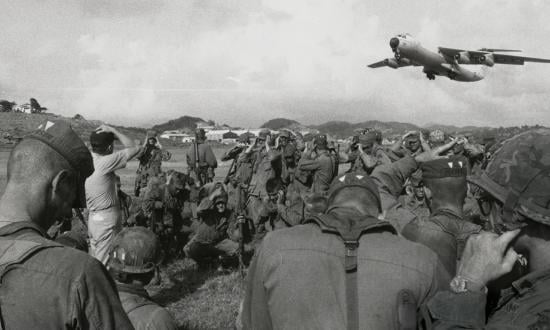“You may search the seven seas in vain,” wrote Samuel Eliot Morison, “for an ocean graveyard with the bones of so many ships and sailors as that body of water between Guadalcanal, Savo, and Florida Islands which our bluejackets named Ironbottom Sound.” The hard-fought campaign for Guadalcanal in the late summer and autumn of 1942 indeed remains forever ingrained in U.S. naval memory. We revive some of those memories in this issue with our cover story by the estimable Trent Hone, who provides a lucid and welcome overview of the five (in)famous nighttime battles—Savo Island, Cape Esperance, First Guadalcanal, Second Guadalcanal, Tassafaronga—fought by the U.S. Navy during those months of titanic struggle. Mistakes made, lessons learned, a determinedness to get better and get it right and never give up—these are key ingredients in the story of the Navy in the Pacific war, and the nocturnal sea fights of Guadalcanal provide bounteous examples of same.
Morison, our great on-the-scene chronicler of the American naval experience in World War II, went on to muse that “Guadalcanal is not a name but an emotion,” one conjuring, among other things, “furious night naval battles . . . nights broken by screaming bombs and deafening explosions of naval shells. Sometimes I dream of a great battle monument on Guadalcanal. . . . At other times I feel that the jagged cone of Savo Island, forever brooding over the blood-thickened waters of the Sound, is the best monument to the men and ships who here rolled back the enemy tide.”
But, as indicated above, before that tide could be rolled back, a whole lot of problem-identifying, problem-solving, and rethinking was required. As a tie-in with our opening feature, retired Navy Captain James P. McGrath III details how the bitter experiences of Savo Island and the fights that followed led to a serious tactical reboot that began to pay big dividends in the Pacific warfare of the following year. As Captain McGrath illustrates, it was a new-to-combat naval engineer (whose boundless potential would be borne out in the ensuing decades)—a certain commander named Arleigh Burke—who was the right man in those desperate days to come up with a course correction that turned things around for the U.S. Navy in the Pacific.
Elsewhere in this issue, journalist/author Philip G. Kukielski offers a blow-by-blow account of a top-secret Navy SEAL mission that unfolded during the U.S.-led invasion of Grenada in October 1983; if you thought you were familiar with that Reagan-era operation, here is an actionful behind-the-scenes story that was kept from the media at the time. Meanwhile, prolific Naval History Contributing Editor J. M. Caiella sheds light on a unique, oft-ignored aspect of the closing months of World War I: the deployment of U.S. naval artillery on railway cars, those big guns lending a thunderous U.S. Navy presence to the ground-fighting in Europe.
Lastly, we round things out with a pair of stirring historical examples of fleets as the unsung heroes of history-altering land victories. First: the Battle of Quebec in September 1759, where the fate of the North American continent was sealed as Montcalm and Wolfe clashed on the Plains of Abraham. But as Sam Allison and Jon G. Bradley clearly show, the Royal Navy ultimately was as vital a component to the fall of Quebec as the British Army.
Traveling back from September 1759 to October 1066, we serve up a fresh take on the Norman Conquest, as frequent contributor Mark Carlson, observing that epochal event through a distinctly nautical lens, points out that William the Conqueror’s triumph hinged on his invasion fleet—and that the construction of such a massive armada with alacrity was of fundamental import. For as William knew in 1066, as Wolfe knew in 1759—and as U.S. and Japanese forces duking it out on far-flung islands in the Pacific surely knew—it’s all about the ships.
Eric Mills
Editor-in-Chief






